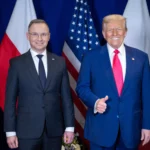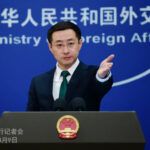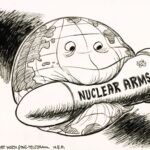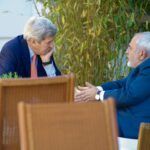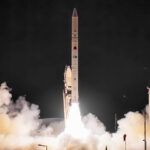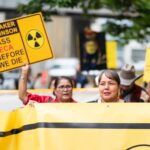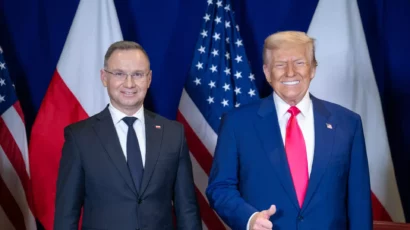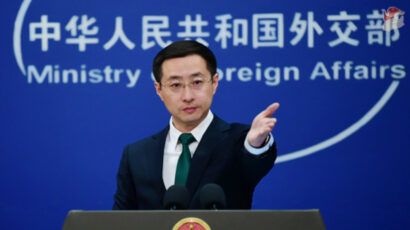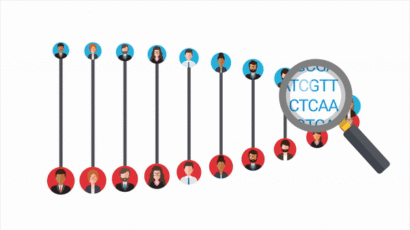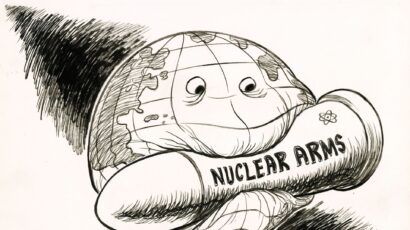Question for the candidates: What will you do to avoid a nuclear arms race with Russia and China?
By Steven Pifer | September 19, 2024
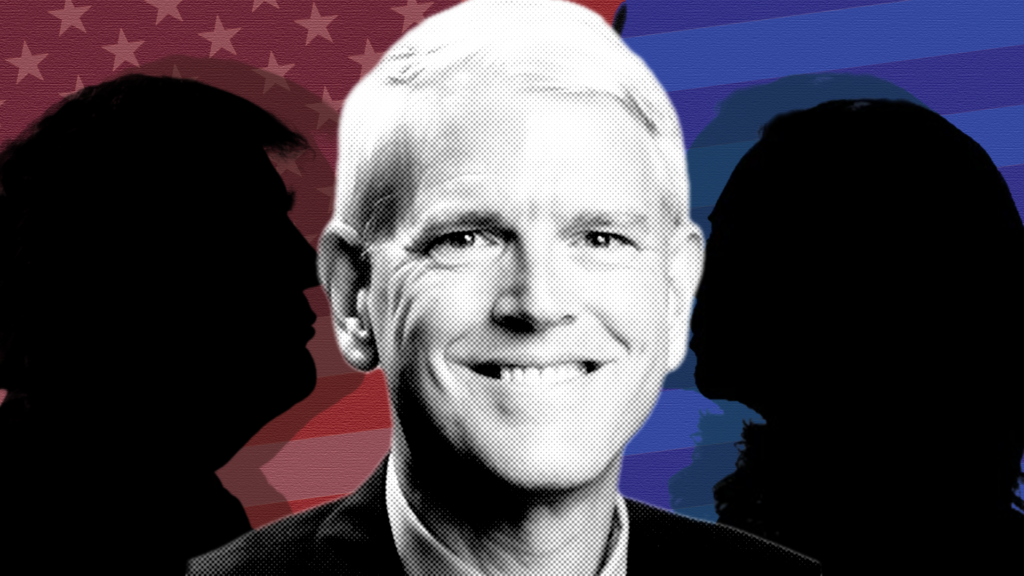
Editor’s note: Former US ambassador to Ukraine Steven Pifer suggests that the 2024 US presidential candidates be asked about their plan to avoid a nuclear arms race with Russia and China. (This is part of an “experts comment” series of questions for the candidates.)
Unfortunately, the nuclear arms control regime is collapsing. In 2019, the United States withdrew from the 1987 Intermediate-range Nuclear Forces Treaty, which banned US and Russian land-based missiles with ranges between 500 and 5,500 kilometers, following Russia’s violation of the treaty. In 2023, Russia suspended the monitoring measures mandated by the 2010 New Strategic Arms Reduction Treaty (New START), to which the United States responded by suspending those measures as well. While Washington and Moscow assert that they continue to abide by New START’s three numerical limits, their confidence that the other is observing the limit of 1,550 deployed strategic warheads will erode with time. In any event, New START will expire in February 2026, leaving no agreement in place regulating US and Russian nuclear forces.
Meanwhile, Russian officials continue to refuse to discuss a New START follow-on treaty or nuclear risk reduction measures, often citing US support for Ukraine as the reason. China declines to enter a continuing dialogue on nuclear arms and related issues, even as it expands its nuclear stockpile from some 500 nuclear warheads now to perhaps 1,000 in 2030.
This confronts the United States with a possible three-way arms race with Russia and China.
A new race could raise nuclear risks and increase the number of nuclear weapons targeting the US homeland. It could also lead to an increase in US nuclear weapons and pile additional costs on the US strategic modernization program. (Congressional Research Service estimates already put the costs of operating and modernizing US strategic forces over the next 10 years at $756 billion.)
The next president will have several options. First, he or she could choose just to continue the current strategic modernization program to replace aging systems, while keeping the number of US nuclear warheads at about current levels. (The United States has about 3,700 warheads in its nuclear stockpile, of which some 1,500 are on deployed strategic delivery systems.) The president could determine that this program would suffice to deter nuclear or other large-scale attacks on the United States or its allies, even in the face of a growing Chinese nuclear arsenal.
Second, the next president could decide to “upload” nuclear warheads in storage on to intercontinental ballistic missiles and submarine-launched ballistic missiles that now carry fewer warheads than their capacity and, in the longer term, plan to increase the strategic modernization program. The hope would be that such plans would cause China to reconsider its nuclear expansion while not provoking a Russian build-up. However, if China decided to continue its nuclear build-up and Russia determined that it would maintain strategic forces equivalent to those of the United States, the race would be on.
Third, the next president could renew efforts to engage Russia and China in discussions, most likely separate, on nuclear risk reduction and arms control. He or she could offer that, in return for restraint—ideally, an arms control agreement—on nuclear weapons numbers, Washington would make a serious effort to address issues of concern to Moscow and Beijing. Those issues include constraints on missile defenses and long-range conventionally-armed strike missiles.
Finally, the next president could combine two of the above approaches. For example, the president could offer the “carrot” of an arms control dialogue of greater interest to Russia or China—or both—while brandishing the “stick” of a potential US nuclear arms build-up in absence of progress.
A three-way nuclear arms race will remain a real possibility until, perhaps, all sides recall the lessons of the US-Soviet arms race during the Cold War—and how arms control helped reduce nuclear risk, enhance strategic stability, and lower nuclear weapons costs. A US push for more arms control by itself cannot guarantee success, as avoiding an arms race will require reciprocity of interest and appropriate decisions also in Beijing and Moscow. The next president will be faced with one of the most complicated national security challenges of finding which approach would most likely work with China and Russia.
Has Russia’s war in Ukraine changed your view of the role of nuclear weapons? By Siegfried S. Hecker
What will you do to avoid a nuclear arms race with Russia and China? By Steven Pifer
What is your plan to prevent the next dangerous and expensive nuclear arms race? By Laura Grego
How many nuclear warheads does the United States need? By Tom Z. Collina
Should the president retain the sole authority to order the use of nuclear weapons? By Mackenzie Knight
Do you agree with other world leaders that the use of—or threat to use—nuclear weapons is “inadmissible”? By Daryl G. Kimball
How will you reassure allies worried about the credibility of the US security guarantees? By Sara Bjerg Moller
What will you do if Iran gets the bomb? By Henry Sokolski
How will you deter North Korea’s aggression without deteriorating the situation on the Korean Peninsula? By Eliana Johns
Will the United States sign and ratify the Treaty on the Prohibition of Nuclear Weapons? By Alicia Sanders-Zakre
Together, we make the world safer.
The Bulletin elevates expert voices above the noise. But as an independent nonprofit organization, our operations depend on the support of readers like you. Help us continue to deliver quality journalism that holds leaders accountable. Your support of our work at any level is important. In return, we promise our coverage will be understandable, influential, vigilant, solution-oriented, and fair-minded. Together we can make a difference.
Keywords: 2024 presidential election, China, Russia, United States, arms race, candidate questions 2024
Topics: Nuclear Weapons


